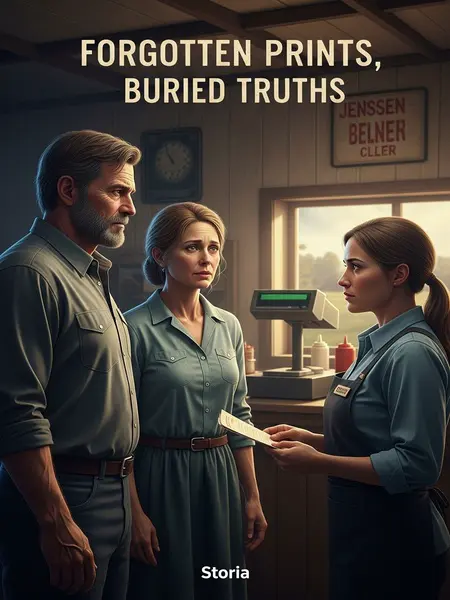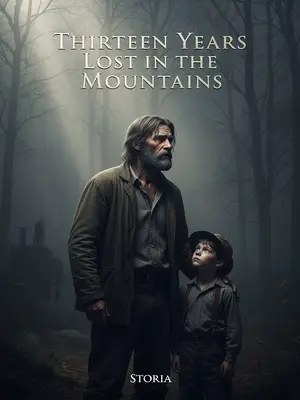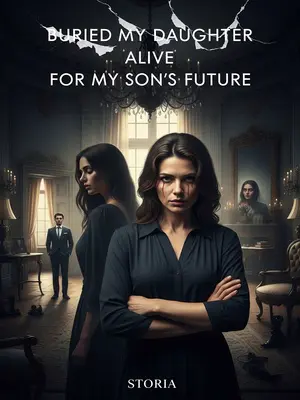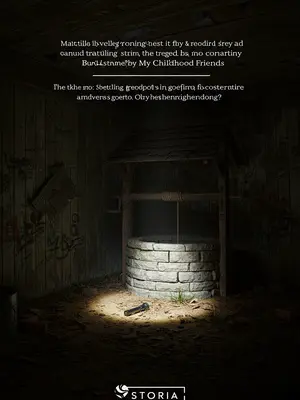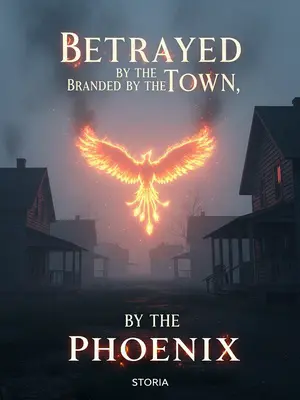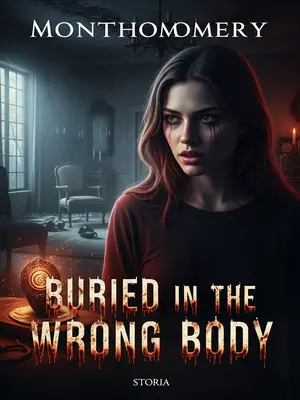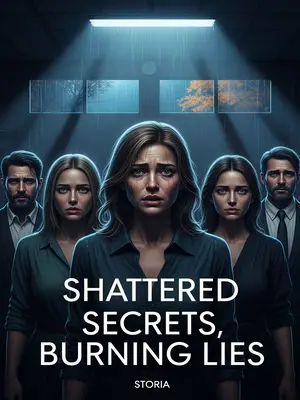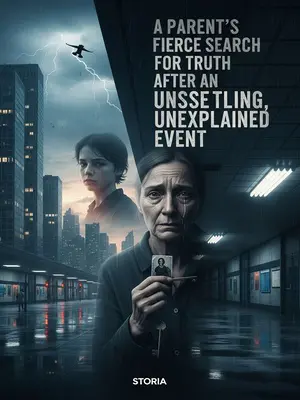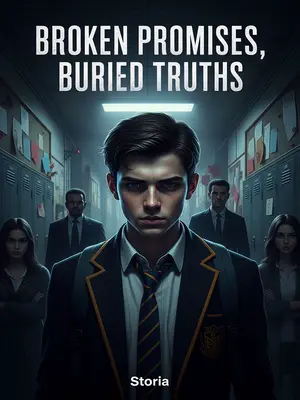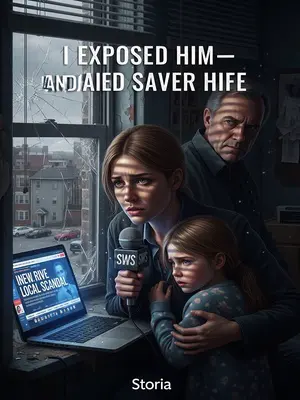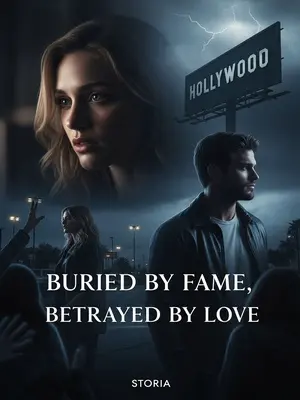Chapter 10: Faces in the Snow
“But Frank Miller was already twenty-four back then. Caleb was only sixteen—that’s eight years’ difference!” my boss, Captain Harris, reminded me.
Captain Harris was sharp-eyed, his desk cluttered with coffee cups and manila folders, his tie always a little crooked.
“Who says Caleb was sixteen? He said so himself, right? Wasn’t he supposed to have amnesia? How can selective amnesia be so precise? Forgot everything but remembered his age? Heck, I can’t even remember how old I am half the time. How can someone with amnesia remember? He’s lying!”
Harris leaned back, arms crossed, eyes narrowed. He’d heard enough stories to know when something didn’t add up.
“Even if he’s lying, his looks can’t lie, right? Look at the wedding photo—he really does look young.”
“You don’t know the difference in climate between here and the South. Down there, the air’s humid—good for the skin. But up here in the mountains, it’s dry as a bone: cold wind in winter, hot wind in summer, faces get red and cracked. Folks the same age, standing next to southerners, our faces look like dried potatoes, theirs are plump and fresh, like apples. Not to mention eight years’ difference—even eighteen years, you can’t always tell.”
He waved his hand, half science, half folklore, but in these parts, that was gospel.
I stared at Caleb’s face in the wedding photo. River-town folks could pass for younger—the humid air working like brine, keeping a forty-year-old looking thirty.
The groom’s chin was smooth as a baby’s skin, but his eyes had the weary shine of a seasoned chef.
Captain Harris pulled up the crime scene photos. That winter night, the snow in the Harper family’s yard showed two sets of footprints, tangled like centipedes. The moonlight glazed the four bodies with a cold sheen; the smallest curled in front of the offering table, clutching half a red ribbon—bright as a streamer on the Fourth of July.
The image was haunting, a splash of color in the monochrome scene.
“Back then, the forensic doctor said the two fingerprints were three hours apart.”
Harris flicked ash into his coffee mug. “The one with blood was Frank Miller. The one with mud was…”
I suddenly laughed. “You think, when Frank Miller was killing, his lover was outside keeping watch?”
It sounded absurd, but nothing in this case was simple.
“So you’re saying Caleb is the killer from back then?”
“What else? Just the fingerprint is enough to nail it!”
“But, you forgot there was another fingerprint at the scene. That person could be the killer.”
“But if Caleb is Frank Miller, doesn’t that mean he’s the killer, and the other print belongs to a passerby?”
“Should be.”
“Must be! If he wasn’t the killer, why run? Why hide his identity and fake amnesia?”
“Whether the amnesia is fake still needs to be considered.”
“Let’s contact the local police and revisit the scene. Even after all this time, there might be something left.”
Outside, snow fell heavier, covering the new tire tracks of the police car. The old pendulum clock ticked on. In my mind’s eye, I saw Frank Miller running through the snow twenty-two years ago, blood pouring from the scar on his back, burning a black hole into the white.
The vision wouldn’t let go, looping like a nightmare trying to claw its way back.
“Bring Caleb with us.”
The words hung in the air—final, unyielding. There was no turning back.
